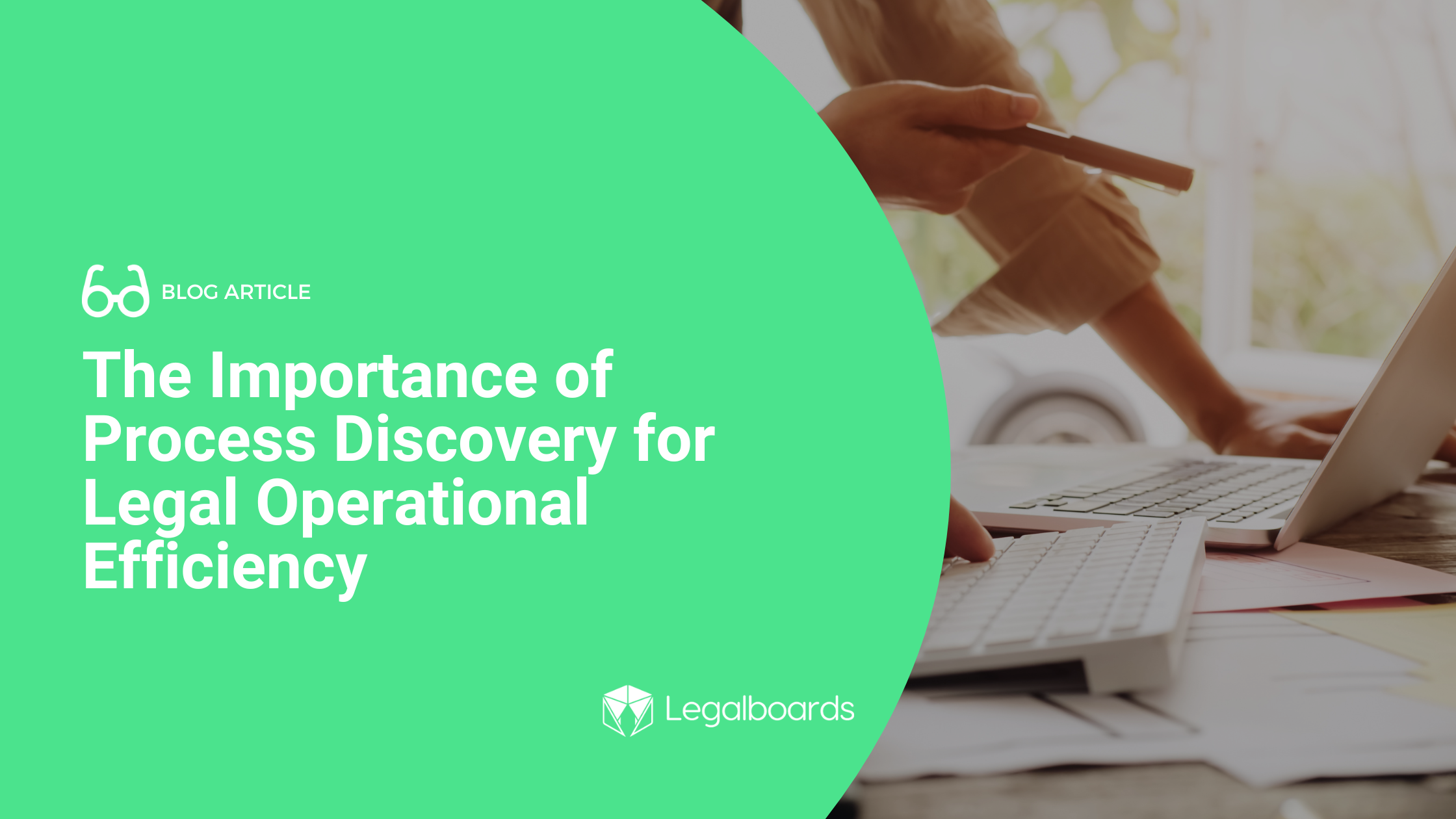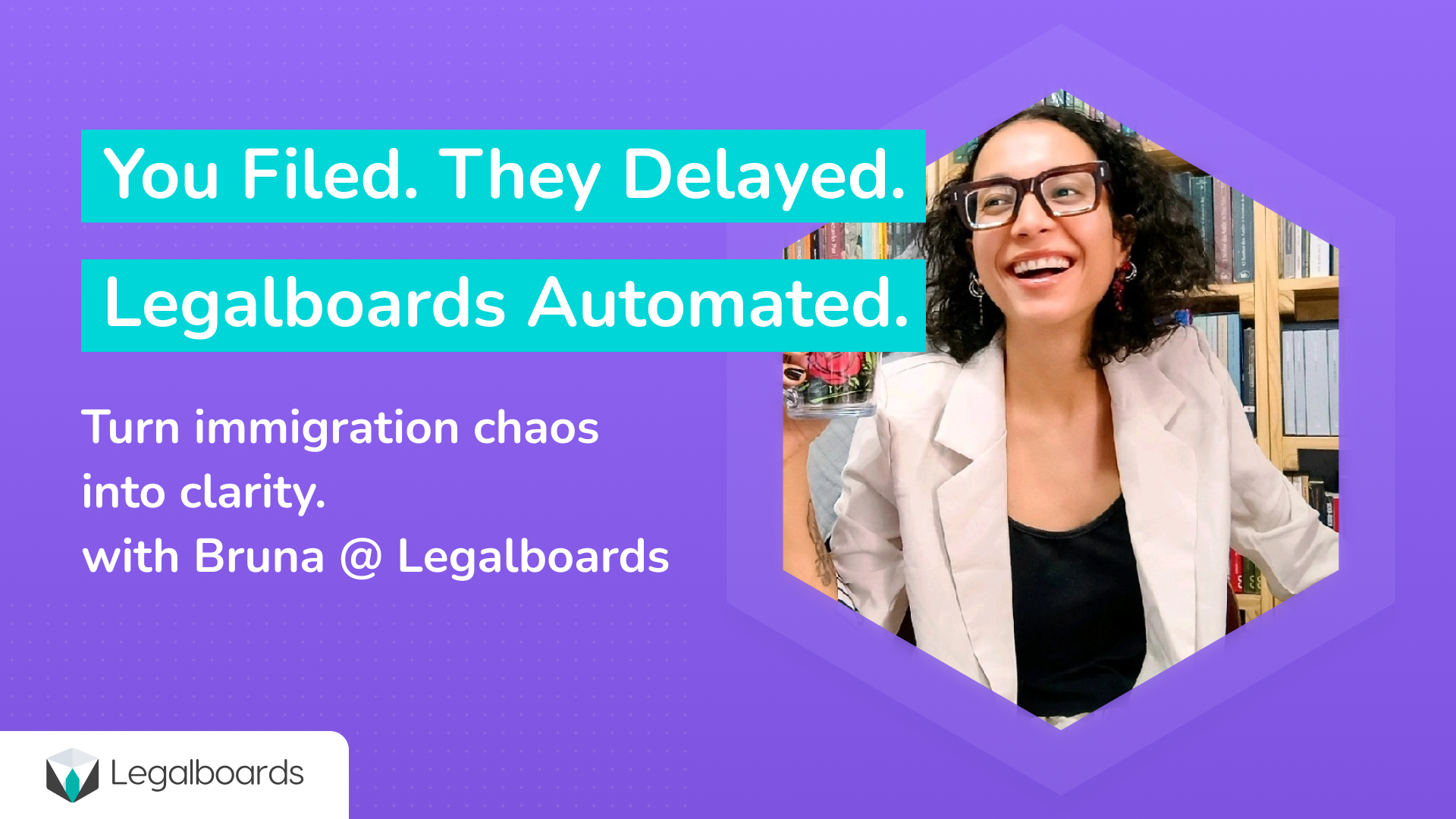In the fast-paced world of legal services, efficiency and accuracy are paramount. Yet, many law firms need help with disorganized workflows, unclear roles, and outdated processes. This often leads to delays, increased costs, and dissatisfied clients. The solution? A thorough process discovery to map and refine your firm’s operations.
How Can Process Discovery Help Your Firm?
- Streamline Workflows
Mapping out your processes reveals the hidden inefficiencies that bog down your team. Identifying and addressing these bottlenecks can streamline workflows, making your practice more agile and responsive. - Clarify Roles and Responsibilities
A clear understanding of who is responsible for what at each stage of a case is crucial. This not only reduces confusion but also ensures accountability. Everyone knows their role, leading to smoother operations and better outcomes for the firm and clients. - Enhance Communication
Process discovery helps you evaluate current communication methods and tools, ensuring that information flows seamlessly among team members. This reduces errors and enhances collaboration. - Improve Client Satisfaction
Efficient processes lead to faster case resolutions and better client experiences. Client trust and satisfaction grow when clients can be assured that your firm handles cases with precision and speed. Which then leads to repeat business and referrals. - Leverage Technology
In today’s digital age, the right technology can significantly boost your firm’s efficiency. Process discovery allows you to assess your current tools and identify opportunities for upgrading or implementing new solutions that better meet your needs.
Getting Started
Mapping out your firm’s processes and workflows can seem daunting at first, but the initial effort is well worth it. By going through a discovery process, you’ll be able to comprehensively map your legal workflows, clearly define the roles and responsibilities of your team, enhance communication, utilize performance metrics for efficiency, and optimize your technology to work with you.
The first step to transforming your legal operations is to map out your process. To give you an idea of how this process works, let’s examine an example of a process within a firm focused on business litigation.
We’ve also put together a Process Discovery Checklist that can help you examine your workflows.
Legal Workflow Example: Business Litigation
- Initial Client Consultation
- Client Inquiry: The client contacts the firm with a business dispute.
- Initial Consultation: The lawyer meets with the client to discuss the case, gather basic information, and determine the next steps.
- Engagement Agreement: The client signs an engagement agreement outlining the terms of representation.
- Case Assessment and Strategy Development
-
- Document Review: The lawyer reviews relevant documents provided by the client.
- Legal Research: Conduct thorough legal research to understand the applicable laws and precedents.
- Case Strategy Meeting: Internal meeting with the legal team to develop a case strategy.
-
- Pleadings and Initial Motions
-
- Complaint Filing: Prepare and file the complaint with the court to initiate the lawsuit.
- Service of Process: Serve the defendant with the complaint and summons.
- Response to Complaint: Defendant files an answer or motion to dismiss.
- Initial Motions: File any necessary initial motions, such as motions to dismiss or motions for summary judgment.
-
- Discovery Phase
-
- Interrogatories and Requests for Production: Send written questions and requests for documents to the opposing party.
- Depositions: Conduct depositions of key witnesses and parties involved in the case.
- Expert Witnesses: Identify and engage expert witnesses, if necessary.
- Document Review and Analysis: Review and analyze documents and evidence obtained during discovery.
-
- Pre-Trial Preparation
-
- Pre-Trial Motions: File motions in limine, motions to exclude evidence, etc.
- Settlement Negotiations: Engage in settlement discussions with the opposing party.
- Pre-Trial Conference: Attend pre-trial conferences with the court to discuss trial logistics and potential settlement.
-
- Trial
-
- Jury Selection: Select a jury, if applicable.
- Opening Statements: Present opening statements to the court.
- Presentation of Evidence: Present evidence, call witnesses, and cross-examine opposing witnesses.
- Closing Arguments: Present closing arguments to summarize the case for the jury or judge.
-
- Post-Trial
-
- Verdict: Receive the verdict from the jury or judge.
- Post-Trial Motions: File any necessary post-trial motions, such as motions for a new trial or motions for judgment notwithstanding the verdict.
- Appeal: If necessary, prepare and file an appeal to a higher court.
-
Translating Legal Workflows and Applying Automation
You can use our discovery process checklist to apply these concepts to your firm. Mapping your processes helps you ensure that your firm is operating efficiently and analyze your workflow to help make your team and your client’s lives easier.
Translating this workflow into a digital process is the next step so that your firm can apply automations to reduce the amount of time spent on repetitive tasks like email reminders, scheduling meetings, and follow-ups. We’ll cover this in more detail in our next blog.
You can use programs like Legalboards to document, organize, manage, and track your operations. Contact us today to learn how we can help you manage your legal operations more effectively.






